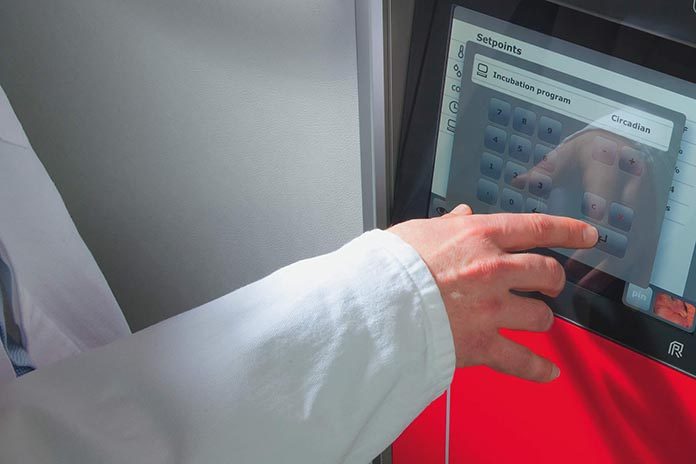
Last year I was invited to a layer hatchery that was reporting slightly lower hatchability than its sister hatcheries, despite using eggs from the same flocks with the same pre-setting treatment.

The hatchery was using several generations of incubators, from very old to relatively new machines. Hatchabilities had not been assigned to machine type, which complicated my investigation, and one common issue was that none of the setters could achieve unrealistically high humidity set points. This was partially due to very dry inlet air, which forced the setters’ humidifiers to work constantly and created cold spots that extended the hatch window.
On day two of my visit there was a hatch. While I was very pleased with chick quality, a breakout of unhatched eggs from various machines revealed too many embryos dying just before internal pipping. Air cells were large enough and the embryos had a normal, dry appearance, so this was not due to insufficient weight loss. What then was the cause?
Studying climate graphs from recent hatcher cycles revealed that although the newest hatchers were equipped with CO2 sensors, these were not being used to automatically control fresh air supply. Instead, these modern hatchers were being managed traditionally, using stepped set-point increases to position the air valve.
The CO2 line in the climate graph showed much higher values than recommended, ranging from 0.8% right after transfer to over 1% – and at times, even higher values than the sensor could measure (> 1.3 %). When I shared these findings with the hatchery manager, we agreed that these high CO2 levels were the most likely cause of late embryo mortality and I suggested two remedial options:
1 – Fine-tune valve set points on measured CO2 values: aim for 0.5% immediately after transfer, to a maximum of 0.8% at the onset of hatch and reducing again when the hatch is complete. For older hatchers without CO2 sensors, my advice was to increase valve positions, to create a similar profile from transfer to the completion of hatch, Or
2 – As an alternative, use CO2 set points to automatically control valve positions.
Initially the hatchery manager chose the first option, which was more familiar to him. However, some months later, he called to tell me that my second suggestion, using automatic valve control in the newest hatchers, was much easier and, more importantly, that hatchability was now consistently “very good”.

















